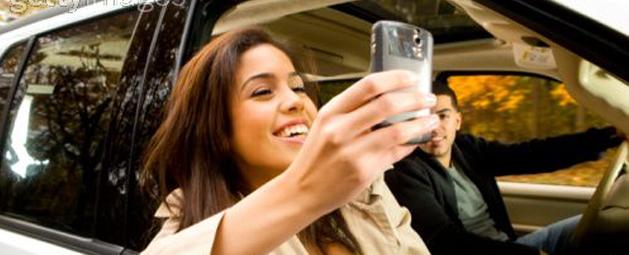Dear readers, I’m beginning the New Year on a new site, and I hope you have all made the transition successfully. I thank you for your thoughts and observations about the blog throughout the year–in conversations, in the comments section, in emails and on Twitter and other social media. I truly appreciate your interest and your participation, and I thank you for all the ideas for posts that come from you.
All best for the coming New Year. Gretchen
My previous post on open authority in museums discussed presentations by the panel of the same name at the MCN conference in Montreal in November, 2013. The qualities of open authority proposed by the panel were based on a view of museums as institutions that exist in both the digital and physical realms. This dual presence has the potential to:
-make museums more responsive to community needs and interests;
-facilitate greater collaboration between museums and their communities in the creation of content;
-build “creative collaborations, active partnerships, and mutual trust.”
These assertions led me to reflect on how museums that aspire to more open authority have responded to significant events that begin in their communities rather than through museum initiative.
In this post I’d like to turn to the work of another panelist in the Defining Open Authority session–Porchia Moore. I think that Porchia is raising important questions about museums, social media, and inclusiveness. Her presentation suggested that, despite museums’ efforts to be more open and engaging for all audiences, many young people, especially racial and ethnic minorities, still feel a sense of alienation from what they perceive as rarefied spaces (both physical and digital), not for them.
In research for her doctoral dissertation, Moore found that many African American college students, while believing theoretically in the social value of museums and heritage institutions, had rarely or never visited such institutions themselves. She is studying this continuing disconnect between museums and diverse audiences, which is not a new topic of concern, but she is moving the conversation into the realm of social media. Moore suggests that we in museums pose the following questions for ourselves.
1. Despite widespread usage of Facebook, Twitter, and Instagram among Asian Americans, African Americans, and Hispanic Americans (see the Pew Internet and American Life Project) how connected are members of these communities to our museum’s social media outlets?
2. Who are the friends of our museum’s friends?
3. Who is re-tweeting our tweets?
4. Within other social media platforms such as Instagram, Vine, and Pinterest, is the content racially inclusive and balanced?
5. Are we aware of the social media trends and behaviors of people of color and are we engaging visitors accordingly?
I don’t know many people who are raising these kinds of questions in terms of museums and social media. I’d love to learn of others that you know. Porchia has an article with fuller discussion of this topic in the current issue of Exhibitionist museum journal (not yet available online but available in print from the Amerian Alliance of Museums. And you can watch the entire panel on Open Authority , including Porchia’s presentation, on You Tube.
